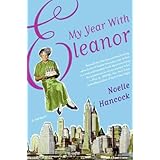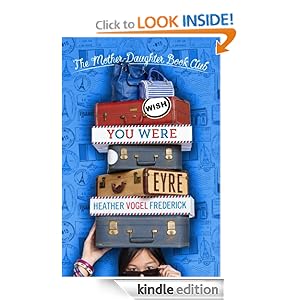
Book 9: Young Teens
Teenage Behaviour
A Parents Guide to Dealing with Communication
by Elizabeth Goodchild
I really don't like starting off saying DON'T READ this BOOK, but that's what I have to say. I strongly believe that my job is not to be my child's best friend, and to support EVERYTHING they do. My role is to be their parent, to guide them, to love them unconditionally, and to stand by them when they are doing well, as well as when they fail. I will not support every decision they make, as they are going to make bad decisions. I did when I was their age, and I will at my age. Does that mean I won't be by their side if their bad decision leads to punishment? No, I will be by their side, to lovingly guide them in their mistakes.
Parents today are doing a disservice to their kids by being their friend at an early age. If that upsets you, I can not apologize for it. Our role as parents is to be the mature decision maker, the director. Sure, there are moments when we do things that are more "friend based", for example our date nights with our kids. However, my kids know that while I hope to someday be their friend, as Mom I can't be just like their friends. I need to stand a part as someone that will help them to become more responsible, educated, and aware of the world around them and what we believe, and why we believe it. Our kids know that they can talk to us about anything, and that they have permission to say "please listen calmly". They know that we will listen, discuss and advise. As they get older their choice to listen to that advice is more for them to decide, it comes with releasing them into the world. They also know that we will not share what they have told us with anyone, without permission, with the exception of if they are in immediate danger, physically, mentally, or emotionally. Due to this, they do talk to us.
I agree with the author that communication is important, and that we need to ask questions beyond "how was your day". Those types of questions lead to the 1 word answer of "fine" which really doesn't tell us much about our kids. I also agree with the author that we need to actually STOP and listen to our kids. Turn off the tv, turn the cell phone upside down and ignore it, turn the radio off. We need to show them that they are valued and what they say matters. Those were about the only things I agreed with in this book.
Moral choices are being taken for granted these days. There used to be moral absolutes, right and wrong. Now we are told to teach tolerance as if whatever choice you make is fine, because it feels good to you. I do not believe in teaching tolerance. I believe in teaching respect, and loving people the way God loves them, which is by seeing them as people first. All people, including me, and my kids will make mistakes. While I can be loved and respected through my mistake, it shouldn't be tolerated. If a person gets behind the wheel of a car drunk, their action should not be tolerate. Every choice is not ok. I'm sure if you have a differing opinion you are not tolerating me right now, and you know what, that is fine! You can still respect that we are people, and that we have different views, without agreeing with my views. That does not mean that you should roll over and say "whatever you feel is fine!" BECAUSE IT IS NOT!!! There are moral absolutes, and since I'm on my soapbox, which considering this is my blog I'm allowed to be on, the #1 problem with the world today is that we no longer believe in right and wrong!
The author has her opinion, I'm sure she has a background degree that makes her credible. I can respect that she believes and agrees with what she wrote. I can not however, suggest that the advice in her book be followed blindly. She did have some valid points, and the book was a very quick read, I believe 30 minutes. That is the best I can say.
I give this book 0 stars.










